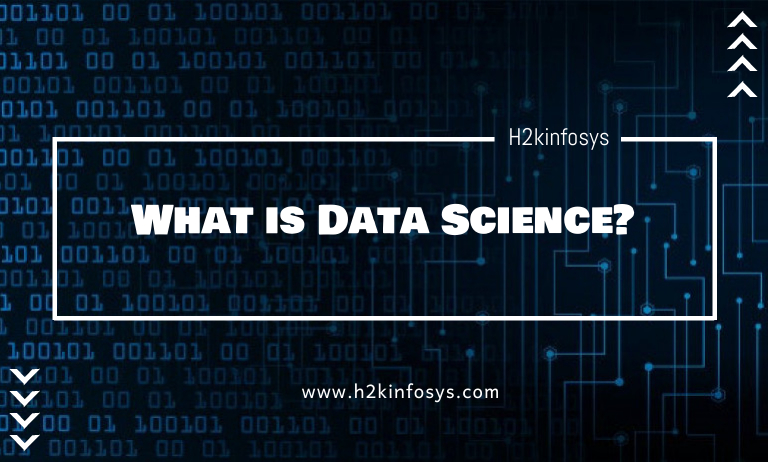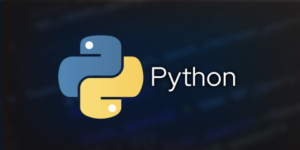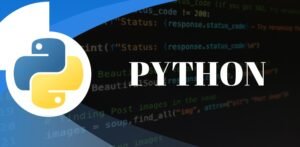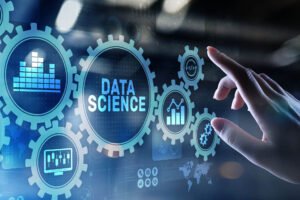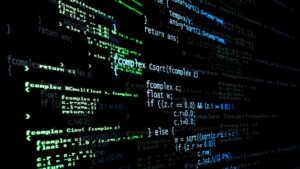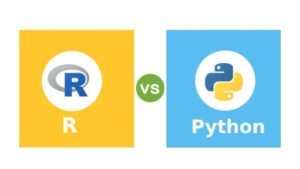Data science is a study of data, which involves processing the raw, structured, and unstructured data using different technologies, and algorithms and then extracting meaningful information.
This multi-disciplinary tool enables translation of business problems into a research project and then again translating it into a practical solution. It uses the most efficient hardware, programming systems, and algorithms to solve data-related problems.
- Data science asks the right questions and then analyzes the raw data.
- It models the structured and unstructured data using various efficient and complex algorithms.
- It visualizes the data for getting an efficient and better perspective.
- It also understands the data for decision making and evaluation of the final result.
Data Science is usually used to make decisions and predictions by using predictive causal analytics, prescriptive analytics, and machine learning.
- Predictive causal analytics: If you want such a model that can predict a particular event’s possibilities in the future, you need to use predictive causal analytics. For example, if you are providing money on credit, then the probability of customers to return credit on time is a matter of concern. Here, you can build a model that can perform predictive analytics on the payment history of the customer to predict whether the customer will make future payments on time or not.
- Prescriptive analytics: If you want such a model with the intelligence to take its own decisions and modify it with dynamic parameters, you surely need prescriptive analytics for it. This field is all about providing advice. It will not only predict but also suggest a range of prescribed actions and associated outcomes. The best example of prescriptive analytics is Google’s self-driving car. You can run algorithms on the data gathered by the vehicles used to train self-driving cars to bring intelligence to it. This will also enable your vehicle to decide when to turn, which path to take, and when to slow down or speed up.
- Machine learning for making predictions: If you have data related to a finance company’s transactions and need to build a model that can determine the future trend, then the machine learning algorithms are the best for it. It falls under supervised learning. It is known as supervised because you already have the data on the basis of which you can train your machines. For example, the fraud detection model can be trained using a historical record of fraud purchases.
- Machine learning for pattern discovery: If you do not have the parameters to make predictions, you need to find out all the hidden patterns within the available dataset to make meaningful predictions. This is known as the unsupervised model, as you do not have any predefined labels for grouping. The commonly used algorithm used for pattern discovery is Clustering. Let us say you are working in a telephone company and you need to establish a network by putting towers in a region. In this case, you can use the clustering technique to find all those tower locations, ensuring that all the users receive optimum signal strength.
Technical Prerequisite for Data Science:
- Machine Learning: To solve various problems in data science, knowledge of machine learning is required.
- Mathematical Modeling: For fast calculation and prediction of numerical data, knowledge of mathematical modeling is required.
- Statistics: Knowledge of mean, median, and the standard deviation is also required to extract knowledge and better results of data.
- Computer Programming: Knowledge of any one programming language (R, Python, and Spark) is required.
- Databases: Knowledge of Databases like SQL is also required.
Non-Technical Prerequisite for Data Science:
- Curiosity: One must have curiosity and ability to ask various questions to understand the business problem easily.
- Critical Thinking: One requires critical thinking to find multiple new ways to solve the problems efficiently.
- Communication Skills: It is required because after solving the problem, one has to communicate it with the team.
Advantages of Data Science:
- Data Science is used in various applications like health-care, banking, consultancy services, gaming, e-commerce industries, etc. In other words, data science is said to be versatile.
- Data Science enriches the data not only by analyzing the data but also improving its quality.
- Data Science also helps in performing redundant and repetitive tasks by using historical information for machine training.
- Data Science uses machine learning to create better and smarter products.
- Data Science uses machine learning in health-care industries to detect early-stage tumors and various diseases.
Disadvantages of Data Science:
- Data Science is used in multiple fields, and hence it becomes impossible for anyone to master each area.
- As data science is a growing, changing, and dynamic field, one requires constant learning of new and advanced technologies.
- A person requires a large amount of knowledge in any domain because a person having expertise in one field will find it difficult to solve problems of a different area.
- When there is an arbitrary data, it sometimes may not yield the expected results. This can lead to failure because of weak management and improper utilization of resources.
